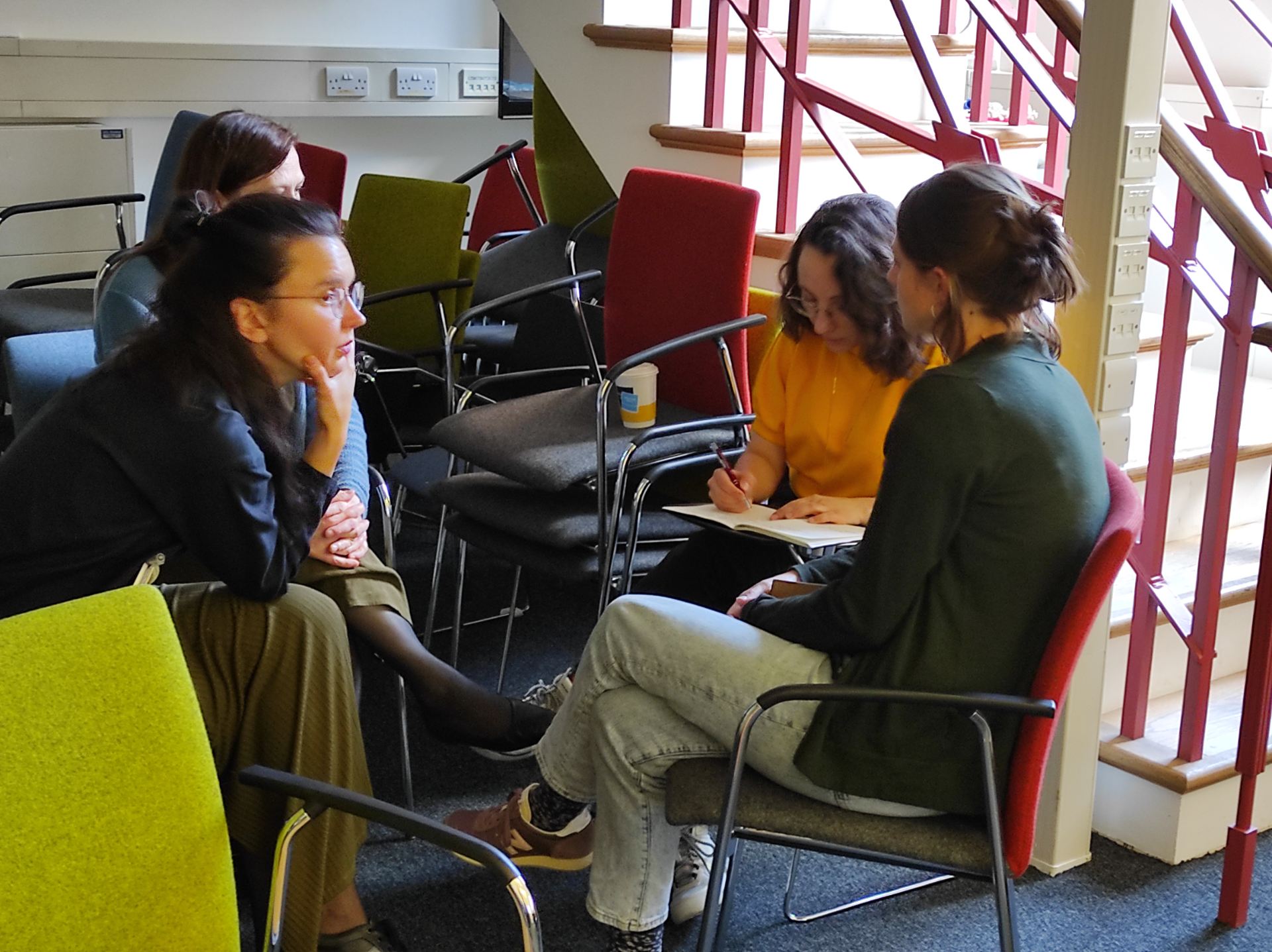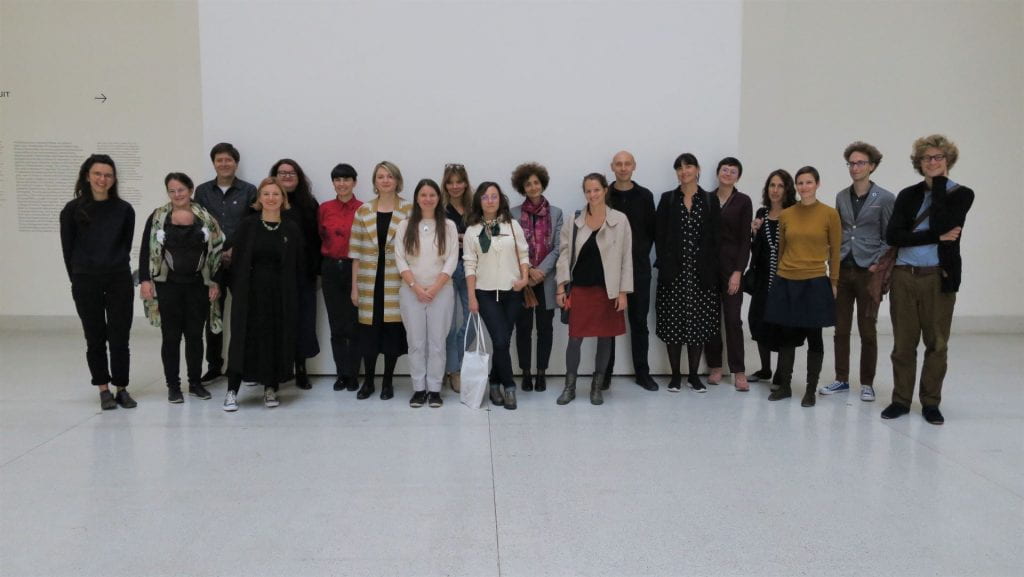The Return of the Tug of Art History
By confrontations, on 28 August 2022
After the two year delay caused by the pandemic, it felt important for the Confrontations group to come together in person one more time within the context of our Connecting Art Histories research initiative, to bring what has been a transformative experience for both the participants and the project leaders to a fitting conclusion. The bonds of friendship and trust that crystallised over the course of our collective journey to the sites and centres of East European art history are a tangible reality that we are sure will continue and grow after the official ending of Confrontations. Once a book is published or an exhibition opened, it takes on a life of its own independently of the author or curator, and the same is true of the best research networks, which create the conditions and inspiration for new and unforeseen collaborations to emerge. Support from the Getty Foundation and UCL gave us as project leaders the possibility to realize a state-of-the-art initiative on East European art history and we were fortunate to have been joined in this endeavour by a truly remarkable group of postdoctoral scholars, who were able to appreciate and benefit from the programme we put together.
 Among the comments during our group evaluation on the last day of the London meeting was the observation that “theoretical context was very much embodied in artworks, not just as thinking in our brains but materialised,” and this was indeed what we had hoped to achieve by bringing the discussion of art history out of the seminar room and into the museum, the studio and the street. Another was that horizontality was not just approached as a theory for the writing of a decentred art history of Eastern Europe, but “actually structured the events, discussions and format of group activities,” which confirmed for us the rightness of our decision to organise the seminars as a dialogue between peers, dispensing with the nomenclature of keynotes and favouring circles over rows to promote lively and inclusive debate. The comment that being part of Confrontations “strengthened our East European perspective, which before had been mostly unconscious”, led on to the acknowledgement that without this experience we “would never have started teaching courses in Central and East European art history,” which should be considered as one of the “real institutional facts of the project.”
Among the comments during our group evaluation on the last day of the London meeting was the observation that “theoretical context was very much embodied in artworks, not just as thinking in our brains but materialised,” and this was indeed what we had hoped to achieve by bringing the discussion of art history out of the seminar room and into the museum, the studio and the street. Another was that horizontality was not just approached as a theory for the writing of a decentred art history of Eastern Europe, but “actually structured the events, discussions and format of group activities,” which confirmed for us the rightness of our decision to organise the seminars as a dialogue between peers, dispensing with the nomenclature of keynotes and favouring circles over rows to promote lively and inclusive debate. The comment that being part of Confrontations “strengthened our East European perspective, which before had been mostly unconscious”, led on to the acknowledgement that without this experience we “would never have started teaching courses in Central and East European art history,” which should be considered as one of the “real institutional facts of the project.”
The ambition of “sensuous scholarship” to “activate the body of the scholar” was symbolised in Confrontations by the practice of the Tug of Art History. When no consensus can be reached about one of the intractable problems of East European art history, the group takes up position on either end of a rope to measure the balance of forces and degree of passion for and against the controversy in question. In Zagreb we took sides over the politicisation of abstract art under socialism, in Prague feelings ran so high that we broke the rope, while in London the desire for a fair tug led to an even distribution of embodied intellectual power. Or it could be that opinions were delicately balanced over the issue of whether East European art is now part of global art history? This opened a floodgate of sub-questions around the difference between posing the question “now” and during the “then” of the Cold War or the historicised postcommunist past; the varieties of the “global” and the implications of being “part of” such transnational reconfigurations of the artistic field; and the shifting parameters and territories of the “East European” and its competing near others. The spirit of Confrontations resides in this willingness to ask the difficult questions and unravel their consequences, to follow the connecting threads across borders and temporalities and to intervene precisely in the continuous remaking of East European art history.

 Close
Close















